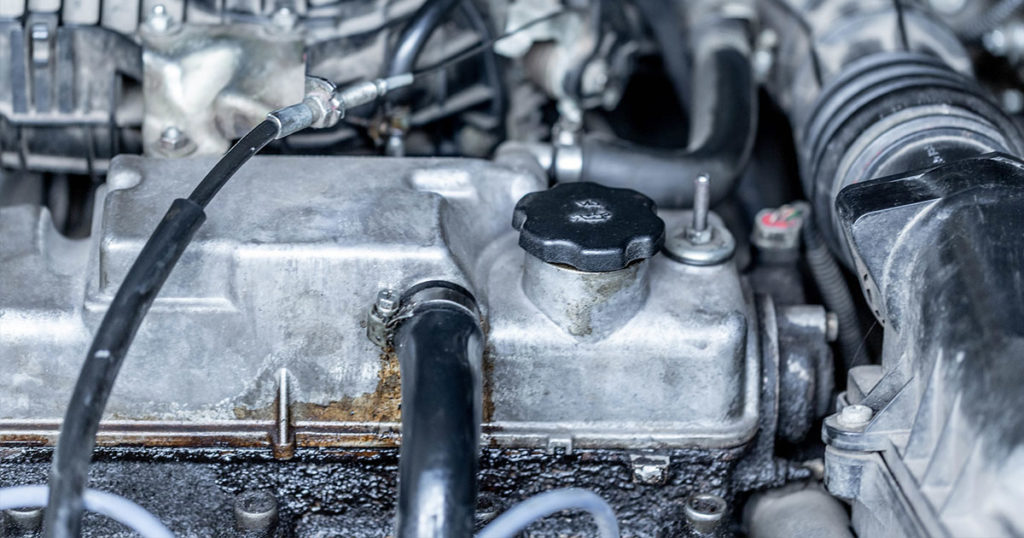We were heading south out of the mountains on the two-lane road to Leon when my running partner, driving the car, broke off in mid-sentence. He’d been expressing his opinion of the driver we’d been stuck behind for 15 minutes—stuck despite the negligible traffic at that early hour—and whose unpredictable braking and then accelerating had first annoyed then exasperated him. Eventually we’d come to a stretch with a passing lane. The car, however, despite its slow speed and the line of cars behind it, did not pull into the right lane but kept on in the passing lane. My friend was beside himself, vociferating even after his leaning on the horn had got the car out of his way. His and everybody else’s in the line. “A woman,” he said in wrath, and though it was a sexist comment, when we passed I saw that he was right: a silver-haired woman about my age looking steadily straight ahead, more steadily than she’d been driving. “Mujer al volante, peligro constante,” my friend insisted, woman at the wheel, constant danger.
“Well, wait now,” I began, speaking Spanish. I didn’t defend her driving but suggested that because of the difficulties she was obviously having, she should be treated gently, not turned into a straw man and attacked. After all, she wasn’t driving the way she did because she was a woman but because she was uncertain. My friend did not agree, as he was making plain, until suddenly he broke off. “Whoa,” he said, taking his foot from the accelerator and slowing the car.
What is it, I asked, and more to himself than to me, he said we had to stop. He slowed the car further and pulled off the road at a convenient wide spot. The engine temperature indicator, he explained, had risen sharply.
Under the hood nothing was amiss. I’ve had my own misadventures with cooling systems and know the sight of steam rising from an engine or the coolant bubbling in its reservoir tank. Nothing like that was happening. The level looked okay. Just a blip, perhaps, we thought as we started back up after a minute, the gauge reassuringly back at the usual spot. Would that be the end of it? The car was a Toyota Auris, a 14-year-old car with 400,000 kilometers on it and not a single repair. The temperature gauge had never before risen above normal.
We were on our way to a 10-kilometer race in a small town, Valencia de Don Juan, some two and a half hours from Gijón. In Asturias, races were still few and far between, but in neighboring regions, sports events were back on. Thus the early morning start and long drive just for the sake of our old routine of competing in foot races. But when the temperature gauge rose again within a few kilometers, it seemed we might not make it to our destination. Again we stopped, now at a picnic area between a patch of trees and the road.
My friend unscrewed the cap on the reservoir, quickly jumping back as the liquid spit and frothed. It was hot, but it wasn’t boiling, as you’d expect given the temperature warning on the gauge. We leaned forward to check the level, which appeared to be at the minimum. My friend poured some water in, but the level didn’t seem to rise. So he poured more in. Then more. I made some mild comment about little by little, because my experience is that first thoughts are not necessarily the best, and I proceed as carefully as I can whenever the territory is new. I take baby steps. My friend, however, has more confidence than I, and less patience. Baby steps are for babies. He kept pouring. Until suddenly the water overflowed the tank. What had appeared to be the fluid line was really a dark stain, and we’d been fooled about the level, which had been okay but was now overfull.
Now what, I wondered. From the cursing my friend was doing, it seemed like the answer was not easy or apparent. I looked around.
It was early, the sun just over the mountaintops behind us, no heat yet in the day. The spot was fairly clean, which is not typical of roadside pullouts in Spain. Or of roads, parks, beaches, or anywhere else you might toss out your trash rather than pack it with you. But even so, here was a paper bag from a fast-food restaurant and, beside it, a straw, still in its paper sheath. I picked it up. “Will this help?” I asked, peeling the paper off and holding it out to my friend.
He turned out to be an excellent straw man. It took about 15 mouthfuls sucked up from the tank and spit out to bring the liquid back down to the correct level. My friend managed the feat with no hesitation. He bent over the tank, pulled the water into his mouth, turned his head, expelled the water expertly, even elegantly, coordinating his movements like a swimmer, though to spit out water, not suck in air. I reported on the level in the tank. “Almost there!” Afterward, he pronounced the taste disgusting, rinsed his mouth out with fresh water, and dourly predicted that the gauge would rise again and we’d have to abort our trip.
But that didn’t happen. We continued with no further trouble from the car and no further nervous drivers such as the one who had provoked my friend’s near-overheating. Who knows what was going on with her that morning? As for my friend’s car, that mystery has been solved: 400,000 kilometers take their toll, and despite perfect maintenance and excellent driving, the car was getting old and the head gasket was affected. Time to get a new car. It was no baby step, but the right one. If only all our wear and tear and the resulting strain on the system had such clear solutions.


